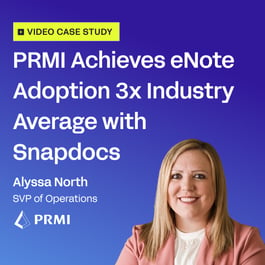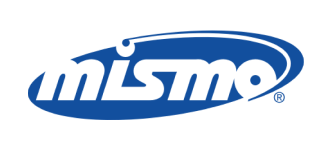CASE STUDY
How Assurance Financial shortened their average mortgage closing to eight minutes by digitizing
With 85% of closings now hybrid, a leading independent mortgage bank is delighting customers and partners alike.
Digital closing results
85%
hybrid closings
8 min
on average, per closing
4.94
out of 5 stars from 16,000 reviews
“The ultimate goal is a complete end-to-end digital solution for the borrower. Snapdocs has helped us make significant improvements to the borrower’s experience, expanding beyond a digital point of sale to using eVault to sign the note. There’s very little of the closing left that requires a wet sign.”
— Katherine Campbell, Chief Digital Officer at Assurance Financial
In 2020, mortgage lenders were racing to digitize their mortgage closings. The COVID-19 pandemic had only accelerated borrowers’ already growing preference for digital closing experiences, while local restrictions complicated the logistics of in-person mortgage closing activities. Katherine Campbell, Chief Digital Officer at Assurance Financial, knew the lender needed to revise their closing process.
“With the spike in demand for loans handled remotely, we couldn’t afford to put off adopting digital closings,” Campbell recalls. Lenders are always put to the test by surges in loan volume. Like many, Assurance Financial had to deliver a streamlined borrower experience despite limited staff; all while navigating a fragmented mortgage industry landscape.
“Our main goal in adopting digital closings was to uncomplicate the entire closing experience for the borrower. We needed to remove the uncomfortable parts of the process, such as lengthy paperwork.” Campbell knew Assurance would also benefit from streamlining its closing process: “We were seeking to lower our lending costs. If we could get to the secondary market faster and hold warehouse lines for a shorter period of time, Assurance would realize significant savings.”
Choosing the right eClosing partner
Having set goals for Assurance’s digitization, Campbell turned to the fintech sector for a solution. Her requirements were:
-
To quickly deploy hybrid digital closings, where some of the loan package is signed or notarized in ink, while the rest is digitally executed
-
To enable Assurance’s loan processors to derive eNotes–promissory notes that are eSigned and registered on the Mortgage Electronic Registration System (MERS®) –from eClosing packages; they’d also need to manage eNotes via eVaults, an electronic repository used to securely store and transfer electronic documents
-
To empower Assurance to work with settlement agents and notaries in eNotarizing closing packages, ideally by offering access to a notary network
Given that eClosings were a rapidly emerging practice, Campbell sought a credible partner: one that had backing from leading investors and strong technical talent. Also, her ideal solution provider would need to collaborate well with other technology and servicing partners whom Assurance relied upon to manage their closing process.
“I wanted an eClosing partner that was successful in attracting talent, because eClosing software is difficult to develop. Their sprint cycles needed to produce the next generation of eClosing technology, enabling us to maintain a competitive edge.”
— Katherine Campbell, Chief Digital Officer at Assurance Financial
Implementing an advanced eClose solution using Snapdocs
“On all of these things, Snapdocs ‘bats 1.000,’” Campbell shared.” I could not say more about how well they work with our partners. And their account management team held our hands through every step of digitization.” In partnering with Snapdocs, Campbell was able to quickly implement hybrid digital mortgage closings. From selection to the first loan closed took little more than a month. After implementing hybrid closings, Assurance rapidly expanded digitization across the closing process. As of April 2021, the lender processed 85% of loans hybrid–with at least one digital component. Their goal by the end of 2021 is to fully eClose most loans using eNotes and remote online notarization (RON).
The impact of digitization at Assurance Financial
Powered by Snapdocs, Assurance Financial was able to “uncomplicate” the mortgage closing experience for their borrowers. “One of the most compelling benefits of going digital with our mortgage process is how we’ve been able to surprise and delight our customers and partners,” says Campbell. “We’ve gained a competitive advantage we can see: response from borrowers on social media and via online reviews has been very positive.” As of April 2021, Assurance Financial had an average rating of 4.94 out of 5, from almost 16,000 reviews.
Assurance Financial hasn’t just improved the closing process for their borrowers. Campbell shared: “Our partners have benefited, too. For example, Snapdocs made it possible for us to reduce the average closing from an hour in duration, on average, to just eight minutes! We’ve scaled the digital experience across settlement, lenders, and borrowers–it’s a win, win, win.” In addition, Assurance realized significant operational efficiencies. Where before, post-closing teams chased down volumes of straggling documentation, they now move more files per person, with significantly reduced scan time.
Advancing the future of eClosings
As the pandemic and the recent surge in mortgage volumes subside, Campbell is looking to the future of digital closings. Her next initiative will tackle e-Eligibility. Across Assurance’s loan portfolio, she’ll seek to maximize the extent to which a mortgage can be closed digitally. Those loans that are fully e-Eligible may be eClosed with remote online notarization. No paper or in-person meetings required. Others come with restrictions that require some “wet” and in-person activity.
By figuring out how to manage e-Eligibility, Assurance will further improve operational efficiency and borrower experience. They’ll also optimally marshal their network of partners and stakeholders throughout the closing process. By better understanding the e-Eligibility of the loan portfolio, Assurance will be able to more precisely forecast the resources and tooling required to close loans.
Additional case studies

Plains Commerce Bank Cuts Funding-to-Sale Time by 7 Days ...
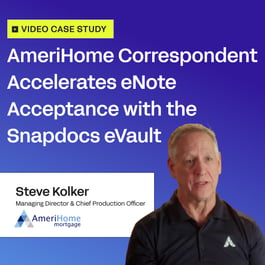
AmeriHome Correspondent Accelerates eNote Acceptance with ...
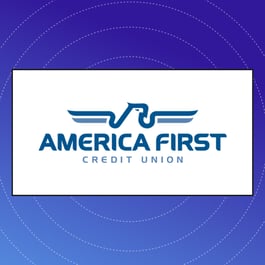
AFCU Achieves 100% eClosing Adoption and Perfect Member ...
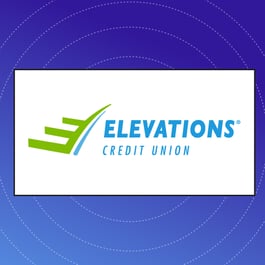
Elevations Achieves eClose Adoption and HELOC Success with ...
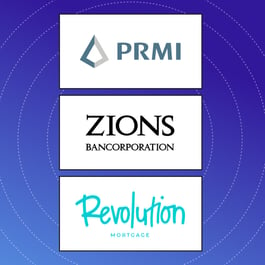
eClose Adoption: Real Stories of Scaling from Snapdocs ...

AnnieMac Saves 35+ Minutes Per Loan Using Snapdocs ...
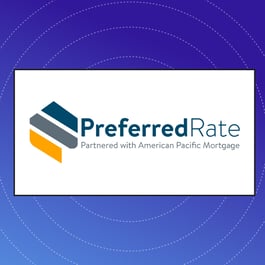
Preferred Rate Eliminates Manual File Reviews with ...
